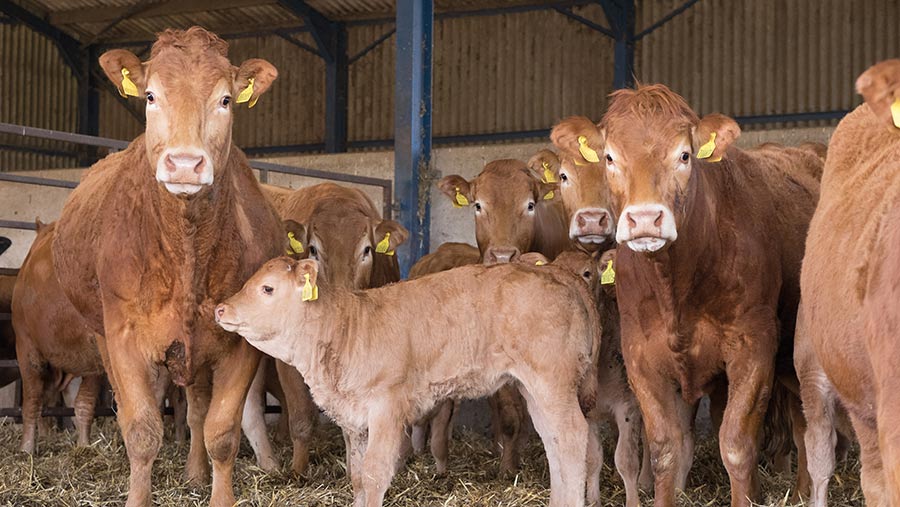Editor’s view: Expansion plans always need an exit strategy
 © Tim Scrivener
© Tim Scrivener Picture a world in which the amount of product your farm produces could be controlled by a dial on the kitchen table.
Costs go up but prices stay flat? Dial gets turned down. Scarcity arrives and prices soar? Crank that dial and output immediately surges. What power that would put back in farming’s hands.
Of course, things aren’t as simple in the real world. It’s often remarked that farmers are at a disadvantage because of how long our production cycles are.
See also: Beef markets come under pressure from cheaper imports
Those with a herd of suckler cows have no foresight of what the market for beef will be in three years’ time when the decision is made to put a larger group of heifers to the bull rather than trade them away in the store ring.
But what is less thought about is how frequently farmers will tolerate operating at a loss – at least for a while. And it is this key fact that the buyers of our products are aware of.
Milk buyers know very well that their farmgate price cuts enacted in the first half of this year will have squeezed margins hard. In an economics textbook, when the price falls it is seen as a signal that demand is dropping, so production needs to fall in sync.
Yet Defra figures still show no significant cut in national production, while demand from consumers is down by no more than 5%.
In some ways it’s much easier to grow output than it is to cut it.
Some producers will have been unwilling or unable to offset the effect of the price cut by reducing production, as it will stymie their ability to cover fixed costs, such as salaried labour and finance, which are soaring as interest rates continue to rise and inflation remains stubbornly high.
No doubt others will think they can tough it out for longer than neighbours who will fall before they do and solve the problem – consider that next time you think one farmer is not a rival of another.
Even as the latest milk prices appear to show dairy markets stabilising, much has been said this week about the high number of dispersal sales currently being advertised – as well as the 380 farmers who left the sector in the 12 months to April 2023.
Not all of these will have been because of failure, but when it is done for that reason, it will have been the much-delayed option of last choice.
This is why tough times seem to last longer than the briefer periods of buoyancy in the market.
Of course, we are not the only sector afflicted by this problem.
In the Machinery section this week we hear from contractors willing to tolerate losses in their hedgecutting enterprise in order to retain other business with their customers – and bigger problems afoot.
This is a tricky topic with few simple answers, but anyone mulling expansion would do well to consider in detail what their exit strategy is – and when they would execute it – before they commit to a big investment.
Perhaps there is a dial for expansion. But only an ejector seat button for contraction.
New FW app adds extra features
Want to join the growing number of farmers reading the magazine on a tablet? The new version of the Farmers Weekly digital edition app is available – and now includes the podcast within it.
Just search Farmers Weekly in your device’s app store to find out more. If you have questions, please call us on 0330 333 9694.

